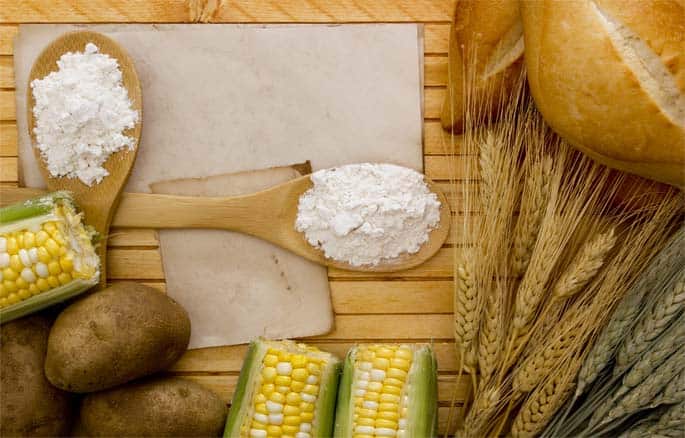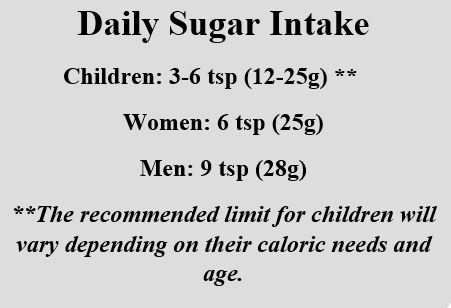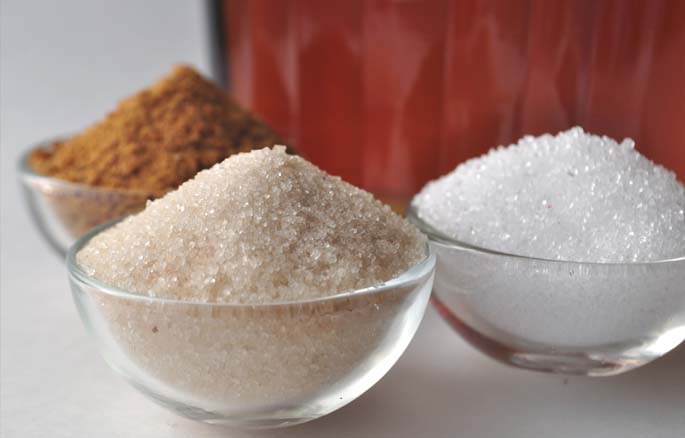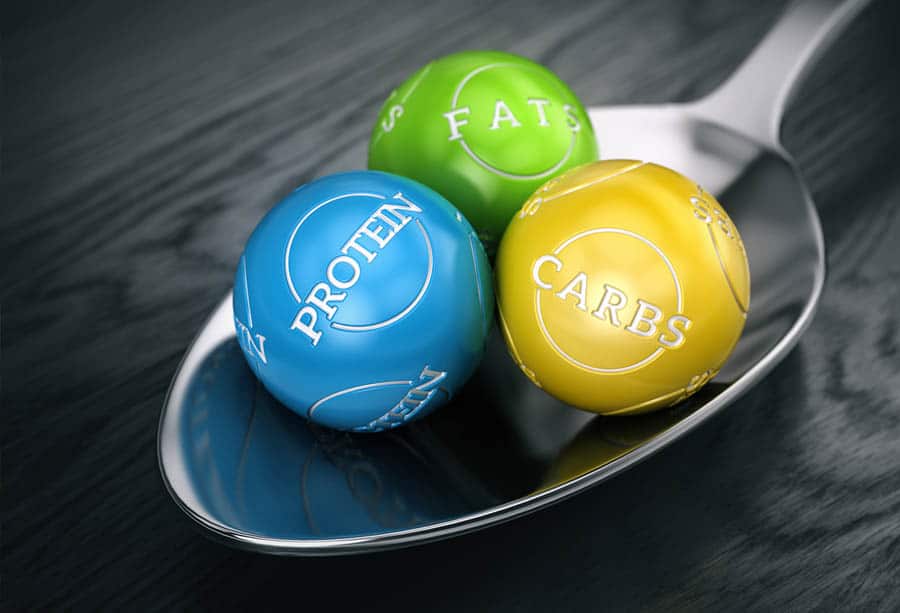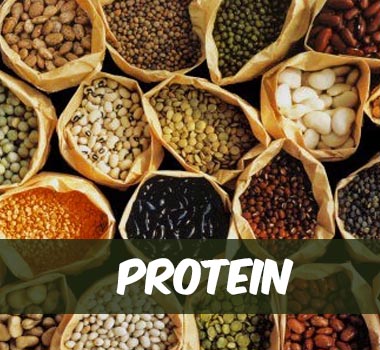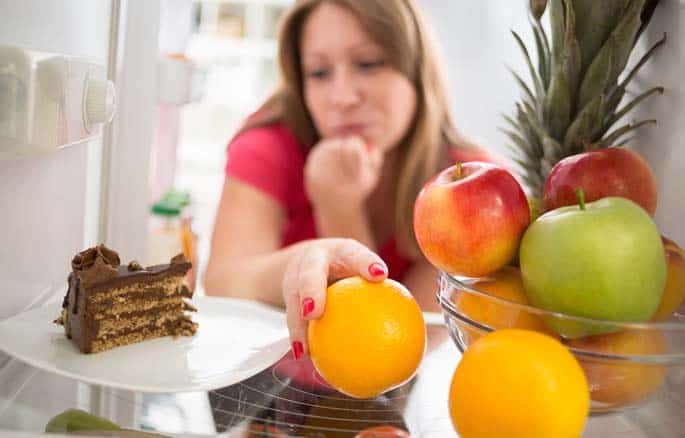
So you’ve gotten the diagnosis from your doctor. You’ve started your treatment plan with multiple daily blood glucose checks. Maybe you’re even a few or more years into this journey. No matter where you are in your journey, let’s talk about the one thing that so many people are focused on when they hear you have diabetes. FOOD!
The one question that is always on people’s mind or out of their mouth when they find out you have Diabetes is: “Can you eat that?”
I’m here to let you know that just because you have diabetes doesn’t mean you have to deprive yourself of things you love.
Having diabetes just means you have to balance out the types of food you have while monitoring your blood glucose levels and properly taking your medication, whether this is oral medication or insulin injections. Let’s take a look at the basics of eating with diabetes.
Understanding Carbs
In order to learn how to effectively manage your blood glucose levels, you must understand everything you can about carbohydrates. Learning to count carbs and the different types of carbs are all vital to managing diabetes. That delicate balance between the amount of insulin in your body and how many carbs you consume all help make a difference when it comes to blood glucose levels.
I recommend reading the following articles:
- How Glipizide Might Help with Your Type 2 Diabetes Management
- What are Blood Sugar Target Ranges? What is Normal Blood Sugar Level?
- FORA Test N'Go Voice Bluetooth Blood Glucose Meter Review
- If I Have Diabetes, Will I Have to Stop Eating Sugar?
- Controlling Type 2 Diabetes Through Diet - Expert's Panel
Types of Carbohydrates
Did you realize that there are three different main types of carbohydrates in your food?
They include:
- Sugars
- Starches (complex carbs)
- Fiber
You may also be familiar with terms such as natural sugar, low-calorie sweeteners, refined grains, complex carbs, processed grains and more. So it’s not unusual to find out that knowing the types and how many carbs you should eat may be tricky for some people.
It’s important to learn to read nutrition labels when you are figuring out what foods to eat with diabetes. You will see “Total carbohydrate” this section will include all three of the main carbs. This is the number you will want to pay close attention to when you are carb counting.
Starches
Foods that are considered to be high in starch include:
- Vegetables such as lima beans, potatoes, corn, and peas.
- Grains including rice, barley and oats. Many US grain products are made using wheat flour. These types of grains would include pasta, crackers and bread.
- Lentils, pinto beans, kidney beans, split peas and dried beans.
Grains can be broken down further into refined or whole grains. The grain contains three main parts, the germ, the bran and the endosperm.
Bran: Outer hard shell of a grain. This is the part that contains the most fiber as well as minerals and B vitamins.
Germ: Second layer which is packed full of nutrients like Vitamin E and fatty acids
Endosperm: Soft part of the grain which contains the starch.
Whole grain simply means you are eating the entire grain in your food, the germ, the bran and the endosperm. When you have refined grains these only have the endosperm or the starchiest part of the grain. You want to avoid these because you are missing out on a ton of vitamins and minerals. The whole grain foods provide much more nutrition than refined grains. This isn’t just a ‘diabetes’ tip, it’s a ‘human’ tip for eating healthy.
Fiber
Fiber is found in plant based foods. It is the indigestible portion of the plant foods. These include fruits, vegetables, whole grains, legumes and nuts. When you eat dietary fiber, the majority of it passes right through your intestines and is not digested at all.
Adults should try to eat at least 30 grams of fiber every day. Typically, most of us usually only consume about half of the fiber we should be. Starting off slowly increasing your fiber intake will help your body become more accustomed to eating the right amount.
Great sources of dietary fiber include:
Fruits and vegetables like apples, corn and beans. Berries are also a good source as they contain edible seeds, and the previous fruits and vegetables offer you edible skins to consume as well.
Legumes and Beans: Black beans, kidney beans, pinto beans, white beans and lentils.
- Whole Grains with Dietary Fiber
- Whole wheat pasta
- Whole grain cereal (With cereal you want to consumer those that have 3 or more grams of dietary fiber per serving.
Types of cereal made from wheat bran, oats and whole wheat are all good choices)
- Whole grain breads (In order to be a good source of fiber you want each slice of bread to have at least 3 grams of fiber. Look for breads that have their first ingredient listed as a whole grain, whole wheat, etc.)
- Nuts: try out a few different kind of nuts to find ones you like the best. Peanuts, almonds, and walnuts are all great sources of fiber and they also provide you with healthy fat as well as protein. Watch your portion size with these types of nuts because they may also contain quite a few calories in such a small amount.
Tips: When looking for an excellent source of fiber search for those that contain 5 grams or more of fiber. Your good sources will have between 2.5 and 4.5 grams of fiber. It is better for you if you get your fiber consumption from food sources than a supplement source, but if you are unable to consume your daily total through food, supplements will help greatly. Not only do the foods listed above contain fiber they also will provide you with many beneficial vitamins and nutrients as well.
As noted, you will want to slowly increase the amount of fiber you consume to keep your stomach from becoming irritated. Be sure to increase your water levels as well to help prevent constipation.
Sugar
Sugar is one type of carbohydrate that many people recognize, but don’t realize it is actually a carbohydrate. Many people with type 2 diabetes are told to watch the total sugar in their foods without being informed about carbohydrates, counting them or even which types to choose for better control. Unfortunately, this is a common issue for many people. Understanding the difference in the types of carbs and learning to count all types instead of just watching for the grams of sugar in your foods will help you to maintain more balanced blood glucose control.
There are two different main types of sugar.
These include:
- Added sugars which are added to foods during their processing stage. Examples include the heavy syrup in canned fruit, or the sugar that is added in to make baked goods.
- Naturally occurring sugar like the ones commonly found in milk and fruits.
You will notice that sugars are included on the nutrition labels in grams including both natural and added sugars.
We know sugar by many different names. Examples of these names include brown sugar, beet sugar, confectioner’s sugar, raw sugar, maple syrup, agave nectar, sugar cane, corn syrup, table sugar, molasses and honey.
Hiding Added Sugar
Added sugar is often times hidden right in front of your eyes. In fact, it’s hiding in up to 75% of all packaged foods without some people even knowing. When many people think of added sugar they think of the ones found in sweet treats like cake and cookies. However, it can also be found in many other foods we don’t associate with sugar like pasta sauce and breads.
How to Know if You’re Eating Added Sugar
The FDA requires all companies that produce food to list the ingredients in their products. But just because they are doing this doesn’t mean you will recognize when added sugar is in your food. This is because there are upwards of 61 different names used to mean sugar on nutrition labels. Other ingredient names to keep an eye on when you are watching for sugar.
- High-Fructose Corn Syrup
- Maltose
- Sucrose
- Fructose
- Lactose
- Dextrose
The tricky part of added sugar is while food manufacturers are required to include the total amount of sugar, they are not required to mention if that total also includes the added sugar. Because of this, it makes it difficult to know how much of that total sugar comes from added sugar and naturally occurring sugar.
Daily Sugar Intake
Nutrition labels are not required to provide the total daily sugar intake like they do with fats and salts. The AHA (American Heart Association) has recommended the following daily intake:
Watch for Sugar Even in Healthy Foods
Sugar isn’t only found in sweet treats and sodas. You can find high sugar content even in healthy foods. This is why it is important to understand more about sugar and how it affects your body.
- Many yogurts contain up to 29 grams (7 teaspoons) of sugar with each serving.
- Bran cereal with raisins, even advertised with “no high fructose corn syrup” contains up to 20 grams of sugar with each cup.
- Breakfast bars which include whole grains and real fruit contain 15 grams of sugar.
While these options are much healthier choices over other foods, it’s still vital to your diabetes management to watch out for their sugar totals.
What About Low Calorie Sweeteners?
Have you been having a difficult time with your sweet cravings? When you have diabetes you can still indulge your sweet tooth, but it requires a bit of planning. In between those times of enjoy your favorite sweet treats, you can still enjoy a bit of sweetness in your foods without raising your blood sugar.
Curbing Your Cravings
Drinks and foods which include artificial sweeteners may be a good option to help you curb your cravings for your favorite sweets. Low-calorie sweeteners are often times referred to as non-nutritive sweeteners, sugar substitutes and artificial sweeteners. They can be substituted for table sugar in your food and drinks to provide you with a lower calorie, no-carb option.
It’s important to remember that with low-calorie sweeteners, the sweetening intensity is upwards of 100 more times intense than regular types of sugar. Because of this you will only need a small amount when using them.
FDA Approved Low-Calorie Sweeteners
There are currently six different low-calorie sweeteners that have been approved by the FDA. These include:
- Acesulfame potassium
- Saccharin
- Neotame
- Advantame
- Aspartame
- Sucralose
These types of low-calorie sweeteners are also used by food manufacturers to help make baked goods, frozen foods, candy, chewing gum and diet drinks. They are also available to be purchased for use as a sugar additive in your food and drinks. You can sprinkle them on top of your morning cup of coffee and tea or use them to recreate your favorite baked goods.
Sugar Substitutes Available in Store
| Sweetener Names
|
Brand Name |
| Acesulfame Potassium | Sunett |
| Sweet One | |
| Aspartame | Nutrasweet |
| Equal | |
| Neotame | N/A |
| Saccharin | Sweet N’ Low |
| Sweet Thin | |
| Sugar Twin | |
| Sucralose | Splenda |
| Stevia | A Sweet Leaf |
| Sun Crystals | |
| Steviva | |
| Truvia | |
| PureVia |
Making Healthier Choices
Knowing what you should be eating can be challenging, even for people without diabetes. Everywhere you look there is usually some bad news on what types of foods are not good for you. With a few tips you can learn how to navigate the world of healthy eating.
Proteins
Protein is important for everyone to consume on a daily basis, but it’s especially important for those with diabetes. Protein helps to balance out and stabilize your blood sugar levels throughout the day.
Foods that are high in protein include foods like chicken, fish, soy products, meats and cheese. The biggest difference in the protein food group is the total fat in each type of proteins.
Optimal Protein Choices
When you are trying to choose the best and most beneficial protein choices, the ones below offer you a great base to get started.
- Fish and seafood
- Eggs and cheese
- Forms of poultry such as chicken
- Plant proteins
Plant Proteins
Plant proteins provide healthy fats, a good source of fiber and of course protein. They vary though in the total fats and carbs included in them, so it’s important to read the nutritional labels. Plant based proteins include:
- Soy nuts
- Tofu
- Edamame
- Black eyed peas or split peas
- Hummus
- Lentils
- Bean products
- Black, pinto and kidney beans
Seafood and Fish
Be sure to include at least 2 servings of fish every week into your diet such as:
- Shellfish like clams, lobster, shrimp and oysters
- Catfish, flounder, halibut, tilapia, and catfish
- Fish products that are high in omega-3 fatty acids like tuna, herring, rainbow trout, and salmon
Dairy Products
Dairy products can be a nice source of protein to help keep you full in between meals. They include:
- Egg whites
- Egg substitutes
- Cottage cheese
- Low-fat cheese
Poultry
Be sure to prepare your poultry selection without skin. This contains much less cholesterol and saturated fat than those with skin.
- Chicken
- Turkey
- Cornish Hen
Beef, Lamb, Veal and Pork
It’s important to choose the leanest selection of these meats for the best nutritional value. These include:
- Lamb: leg, roast or chops
- Pork: ham, tenderloin or Canadian bacon
- Organ meat: kidney, liver, heart
- Beef jerky
- Beef selections trimmed of fat like rump roast, round sirloin, cub, flank or T-bone steaks
How Does Protein Affect Your Blood Sugar?
While carbohydrates cause your blood sugar levels to rise, proteins help to keep them steady. When protein is consumed by itself, there is not a significant increase in blood sugar levels. In fact, a study on Type 2 patients showed that those who consumed a 30:40:40 intake between their ratio of protein to carbs to fat had a 40% lower blood sugar than those who followed a 15:55:30 ratio. This research suggested that protein is kind of a neutral food in regards to blood sugar levels. It can even be put in place of some carbohydrates to help provide a better end result.
In order to understand fully how protein affects blood sugar levels you must understand the process of metabolizing dietary protein. A large amount of protein is digested by the body and the amino acids that are not used for energy are then metabolized within the intestines and transported to the liver for a process known as protein synthesis.
Within the liver, the nonessential amino acids are then deaminated or removed from a molecule, the nitrogen or amino group is then converted to urea and released out of the body in urine. Many studies have shown that those with diabetes that consume a larger protein meal (50grams or higher) dominated that protein in the liver and out through urine. This is the reason that you really won’t see a drastic effect on your blood sugar by protein. Only a small percentage of the protein that you consume is converted into energy through the blood stream.
How Much Protein Should You Have?
When you are preparing your plate you want about ¼th of it to come from higher protein food sources. This can include a chicken breast or 4 ounces of pork. The other portion of your plate should come from nonstarchy vegetables.
Wrap-Up
When you are diagnosed with diabetes, it sometimes feels like the world is in a standstill. The choices that came so easy to you before now are much more challenging. You may have never even thought twice about the total carbohydrates or protein in your foods, but now you have to. So much energy seems to be dedicated on what you should and should not eat that it can become overwhelming.
Further reading:
Before you reach that point, or if you already have, it’s time to take a step back and breath. Once you’ve found yourself you can start back on your journey for eating right with diabetes. While the tips listed in this guide will help those with diabetes (Type 1 or Type 2) make healthier food choices and gain better control over their blood glucose numbers, they will also benefit those without diabetes as well. Just like eating healthy when you don’t have diabetes, everything in moderation.
So today you learned how diabetes can impact your eating habits.
References:
TheDiabetesCouncil Article | Reviewed by Dr. Jerry Ramos MD on June 01, 2020



